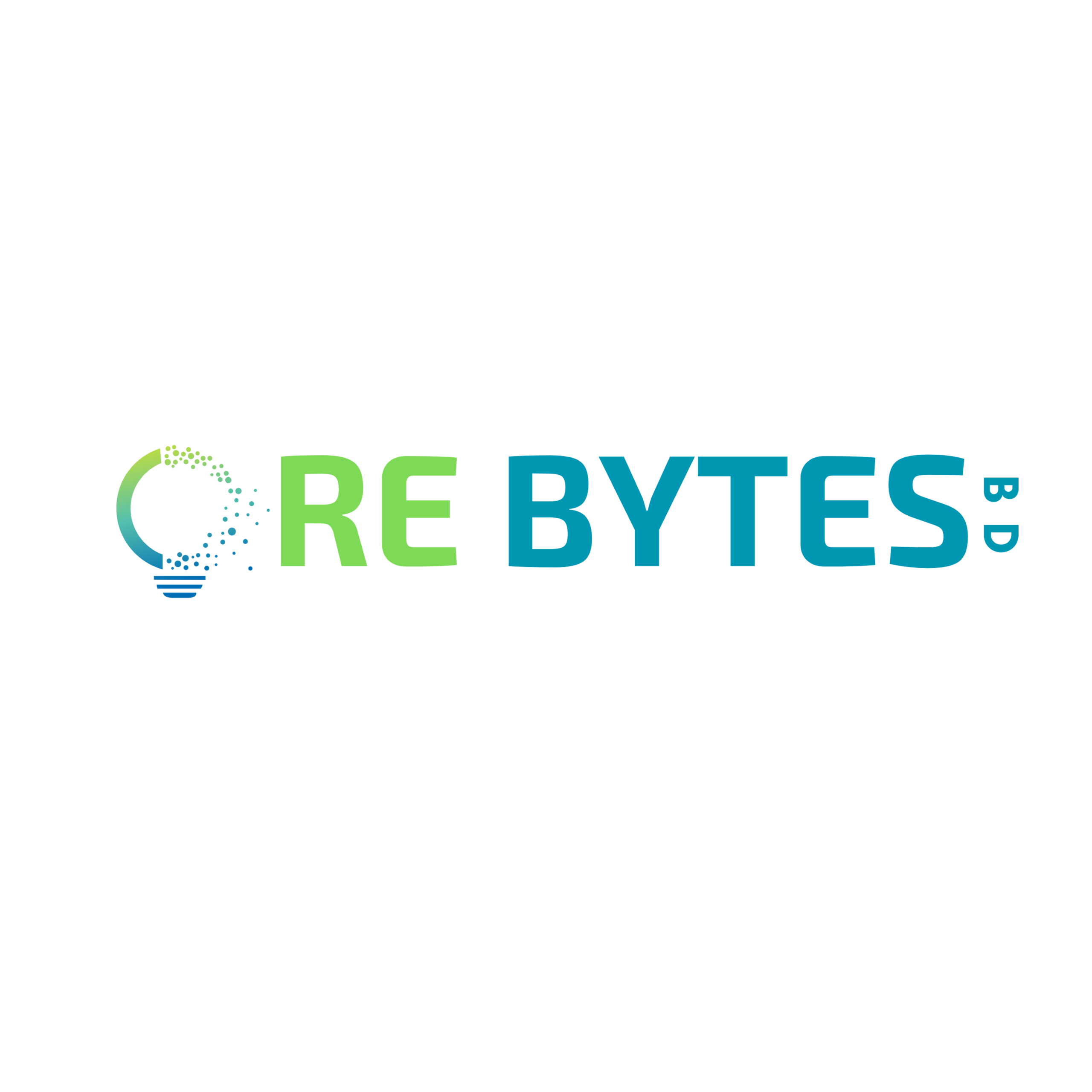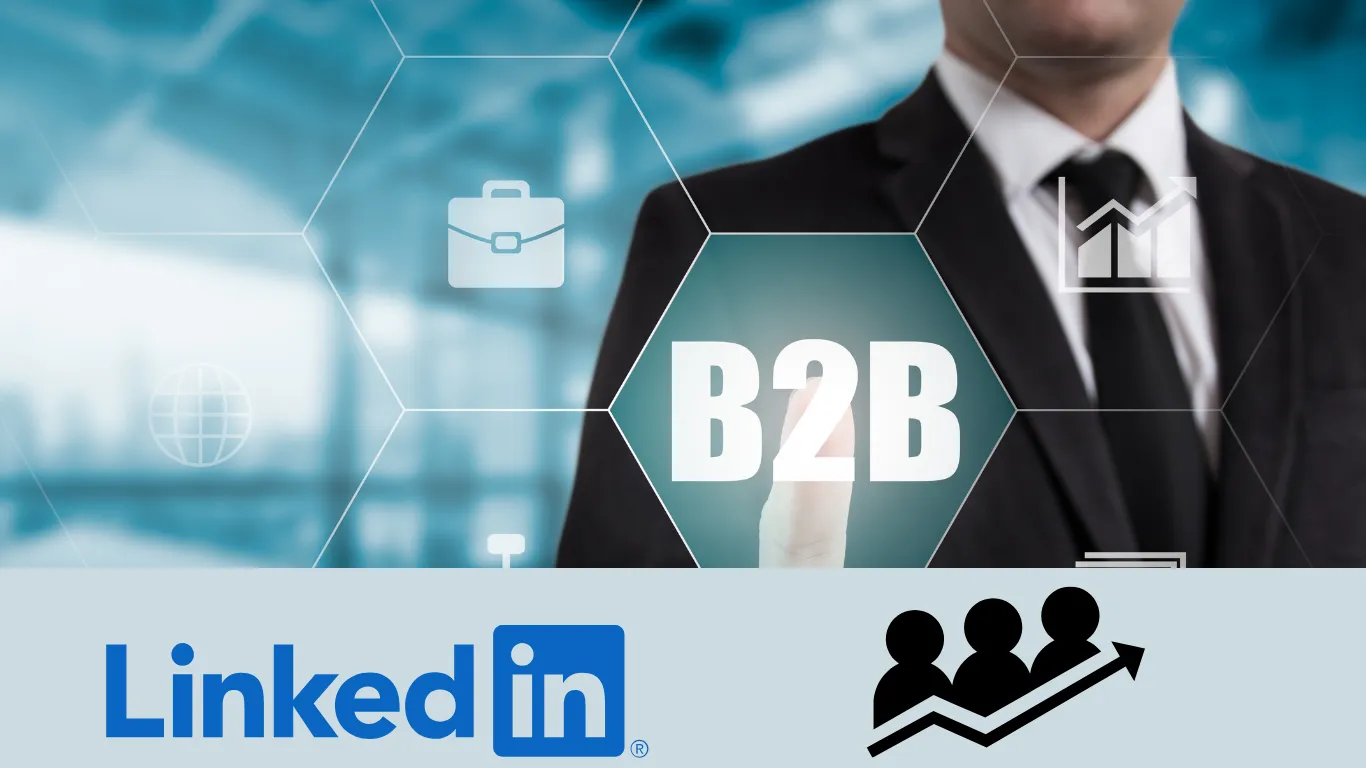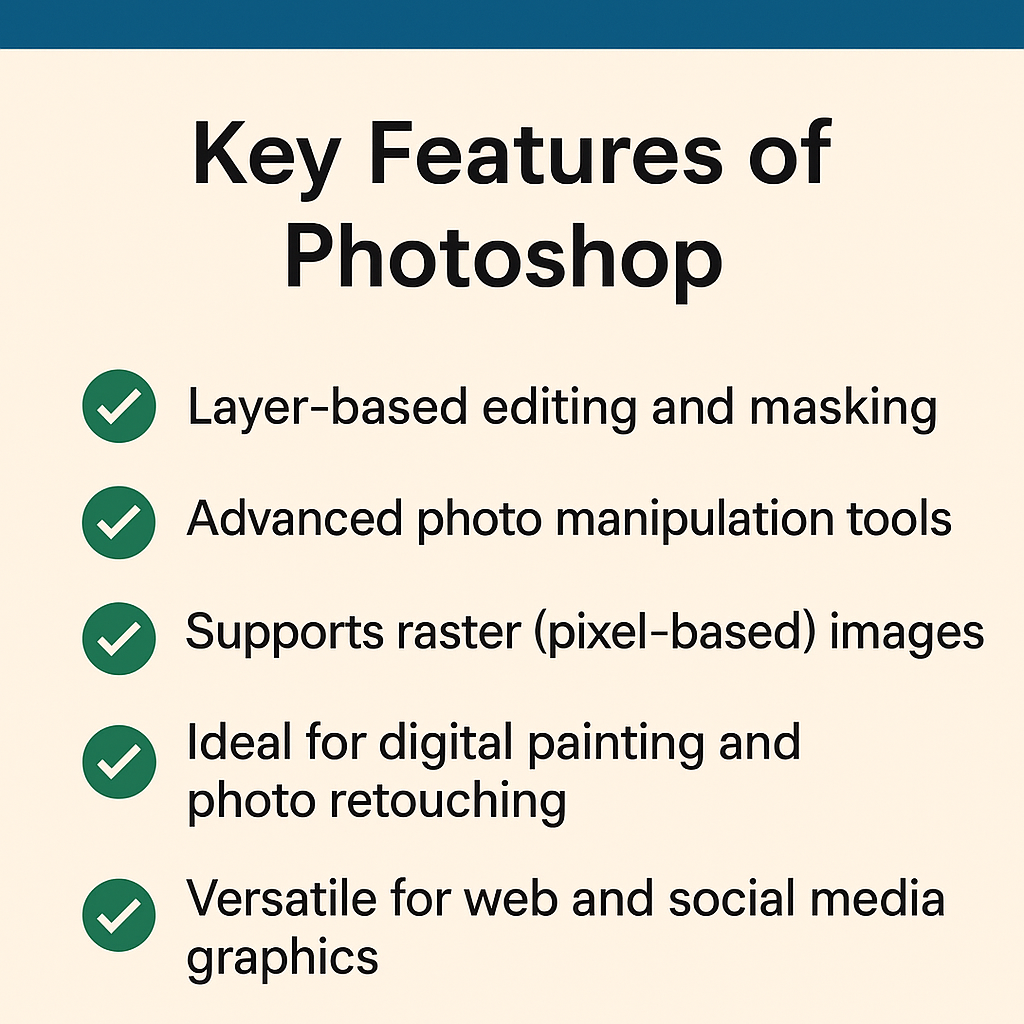In today’s competitive digital landscape, LinkedIn has become one of the most powerful platforms for B2B client acquisition. With over 800 million active users, it serves as a hub where professionals and businesses connect, share insights, and seek solutions. Unlike other social platforms, LinkedIn fosters a business-oriented environment, making it the ideal space for lead generation and client engagement.
To maximize LinkedIn’s potential, businesses must go beyond simply having a profile. A strategic approach involving profile optimization, content marketing, paid advertising, and premium features can help attract and convert high-quality B2B leads. In this guide, we’ll explore actionable strategies to help you effectively leverage LinkedIn for client acquisition.
1. Optimize Your LinkedIn Company Page
A well-optimized LinkedIn company page is essential for establishing credibility and attracting B2B clients. When prospects research your business, they look for trust signals that indicate your expertise, authority, and reliability. Without a strong company page, potential clients may hesitate to engage with your brand.
Why a Well-Optimized Company Page Matters
- Builds Credibility & Trust – A professional company page reassures prospects that you are a legitimate business with industry expertise.
- Enhances Brand Visibility – A complete and active company page increases your discoverability in LinkedIn searches.
- Establishes Authority – Regularly sharing valuable content positions your business as a thought leader in your industry.
Key Elements of an Optimized LinkedIn Company Page
- Professional Logo & Banner Image – Use high-quality visuals that reflect your brand identity.
- Compelling ‘About’ Section – Clearly communicate your company’s mission, services, and unique value proposition.
- Industry & Contact Information – Ensure your industry category, website link, and company details are accurate.
- Engaging Content & Updates – Share valuable insights, industry news, case studies, and client success stories.
- Call-to-Action (CTA) Button – Customize your CTA to drive traffic to your website, contact form, or service page.
- Employee Engagement – Encourage employees to connect with and share company updates to boost visibility.
By optimizing your LinkedIn company page, you create a strong foundation for attracting and converting B2B leads. It’s the first step in building lasting relationships with potential clients.
2. Create High-Value Educational Content
Content is the backbone of successful B2B marketing on LinkedIn. Unlike traditional sales pitches, high-value educational content helps build trust, establish thought leadership, and nurture potential clients by providing them with actionable insights. By consistently sharing valuable content, you position your business as an authority in your industry, making it easier to attract and convert prospects.
Why Content Matters for B2B Marketing on LinkedIn
- Builds Trust & Credibility – Prospects are more likely to engage with businesses that educate rather than just sell.
- Engages Decision-Makers – LinkedIn is a professional platform where business owners and executives seek industry insights.
- Encourages Organic Lead Generation – Valuable content attracts engagement, leading to inbound inquiries from potential clients.
The Role of Storytelling & Transformation-Focused Content
B2B marketing isn’t just about selling to companies—it’s about connecting with people behind those businesses. Storytelling humanizes your brand, making your message more relatable and compelling. Transformation-focused content highlights the journey from a problem to a solution, helping prospects envision the benefits of working with you.
Effective storytelling in B2B LinkedIn content should:
- Address a common challenge faced by your target audience.
- Showcase how your product or service provides a solution.
- Share real-world case studies or success stories.
- Use a conversational and engaging tone to keep readers interested.
Best Types of Content for B2B Marketing on LinkedIn
- Articles & Long-Form Posts – In-depth guides, industry insights, and expert opinions that position you as a thought leader.
- Videos – Short explainer videos, webinars, and interviews that showcase your expertise in a visually engaging way.
- Case Studies – Success stories that demonstrate how your product or service has helped businesses achieve results.
- Infographics – Data-driven visuals that simplify complex information and improve engagement.
By consistently creating and sharing high-value educational content, you’ll not only attract the right B2B clients but also foster long-term relationships that drive business growth.
3. Leverage LinkedIn Paid Ads for Maximum Reach
While organic content is essential for building credibility and engaging your audience, LinkedIn’s paid advertising options allow you to scale your efforts and reach highly targeted B2B prospects. With LinkedIn’s precise ad targeting features, businesses can connect with decision-makers, industry professionals, and potential clients based on job titles, industries, company size, and more.
Why LinkedIn Ads Are Highly Effective for B2B Marketing
- Advanced Audience Targeting – LinkedIn allows advertisers to target users based on specific professional attributes, such as job role, company, skills, and seniority.
- Access to High-Quality Leads – Unlike other social media platforms, LinkedIn attracts business professionals who are actively seeking industry-related solutions.
- Multiple Ad Formats – Sponsored content, message ads, carousel ads, and lead gen forms offer various ways to engage prospects.
Why LinkedIn Ads Are Costly but Worth the Investment
LinkedIn ads tend to be more expensive than other platforms like Facebook or Google Ads, with higher cost-per-click (CPC) rates. However, the investment is justified because:
- You reach decision-makers and high-value prospects directly.
- The conversion rate for B2B businesses is generally higher due to precise targeting.
- You can generate high-quality leads that are more likely to convert into paying clients.
Best Practices for Running Successful LinkedIn Ad Campaigns
- Define Your Target Audience Clearly – Utilize LinkedIn’s filters to narrow down your ideal audience based on industry, job title, company size, and interests.
- Use Compelling Ad Copy & Visuals – Focus on benefits, pain points, and clear calls-to-action (CTAs) to drive engagement.
- Leverage LinkedIn’s Lead Gen Forms – These pre-filled forms make it easier for users to submit their information, increasing conversion rates.
- Test & Optimize Your Campaigns – A/B test different ad creatives, messaging, and targeting strategies to improve performance.
- Monitor Analytics & Adjust Accordingly – Use LinkedIn’s campaign insights to track key metrics and refine your strategy over time.
By strategically leveraging LinkedIn paid ads, businesses can amplify their reach, increase brand recognition, and attract high-value B2B clients who are actively looking for solutions.
4. Invest in LinkedIn Premium & Sales Navigator
While a free LinkedIn account provides basic networking opportunities, investing in LinkedIn Premium or Sales Navigator can significantly enhance your ability to connect with the right B2B prospects. These paid features offer advanced search capabilities, deeper insights, and enhanced networking tools, making it easier to find and engage high-quality leads.
How a Paid Membership Enhances Search & Networking
- Expanded Search Filters – Access advanced search options to find ideal prospects based on industry, job title, company size, and more.
- More Profile Visibility – See who has viewed your profile, allowing for strategic outreach.
- Direct Messaging (InMail) – Send messages to prospects outside your direct network, improving your chances of connecting with key decision-makers.
- Lead Recommendations & Insights – Get AI-driven lead suggestions and engagement insights to refine your outreach strategy.
Differences Between LinkedIn Premium & Sales Navigator
| Feature | LinkedIn Premium | LinkedIn Sales Navigator |
|---|---|---|
| Profile Views Insights | ✅ | ✅ |
| InMail Messages | Limited | Higher Limit |
| Advanced Search Filters | ❌ | ✅ |
| Lead & Account Recommendations | ❌ | ✅ |
| CRM Integration | ❌ | ✅ |
| Saved Lead Tracking | ❌ | ✅ |
- LinkedIn Premium: Best for professionals looking to network, boost visibility, and gain insights on profile views.
- Sales Navigator: Designed for sales and marketing professionals, offering advanced lead searches, CRM integration, and in-depth prospect tracking.
How to Choose the Right Plan for Your Business
- If you want to build connections and improve visibility, LinkedIn Premium is a good starting point.
- If you’re focused on active lead generation and outreach, Sales Navigator provides the advanced tools needed to scale your B2B marketing efforts.
Investing in LinkedIn Premium or Sales Navigator can give you a competitive edge by unlocking valuable insights, improving your prospecting efficiency, and increasing your chances of securing high-quality B2B clients.
LinkedIn is a powerful platform for B2B client acquisition, but success requires a strategic approach. By optimizing your LinkedIn company page, creating high-value educational content, leveraging LinkedIn paid ads, and investing in LinkedIn Premium or Sales Navigator, you can attract and convert high-quality leads efficiently.
Key takeaways from this guide:
✅ Optimize your LinkedIn company page to establish credibility and trust.
✅ Create valuable, educational content that engages and informs your audience.
✅ Use LinkedIn paid ads to scale your reach and target decision-makers effectively.
✅ Invest in LinkedIn Premium or Sales Navigator to enhance prospecting and networking.
Now is the time to take action! Start optimizing your LinkedIn presence today and implement these proven strategies to attract more B2B clients and grow your business. 🚀




